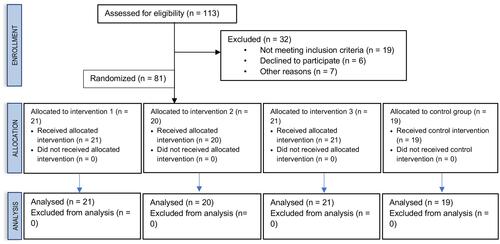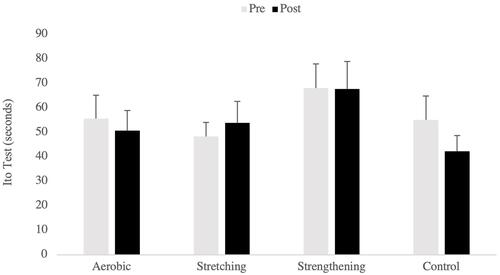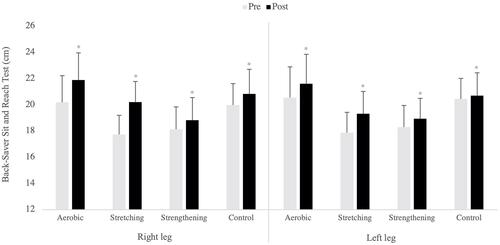Figures & data
Figure 2 Digital pain chart of the body for aerobic (A), stretching (B), strengthening (C), and control (D) groups.
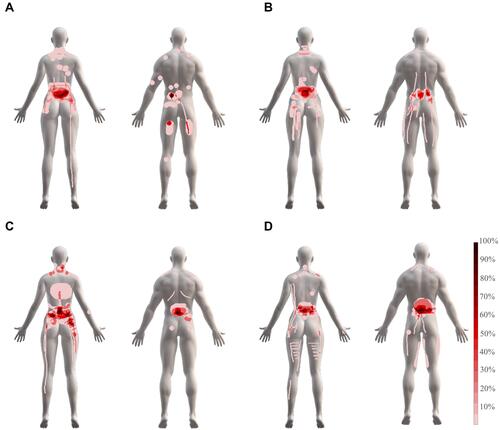
Table 1 Sociodemographic, clinical, cardiovascular capacity, and self-reported data
Table 2 Absolute Differences (means ± SD) before and after the 20-minute exercise on tactile thresholds, pressure pain–intensity ratings (PPIRs) to a unpainful established pressure (2 kg/cm2), pressure-pain thresholds (PPTs), PPIRs to individual PPTs, and isometric lumbar muscle endurance (Ito Test) and flexibility (mean of bilateral values at back-saver sit-and-reach test). p-values and ηp2 of body location, body location × group, and group in the first three rows, respectively. Significant results highlighted in bold
Figure 3 Tactile thresholds (means and SE) before and after the 20-minute physical exercise, using manual von Frey filaments at one unilateral LBP location (spinal erector muscle), two locations proximal to the low back (gluteus medius muscle and sacrum), and one distal from the low back (forefinger). *p<0.01; **p<0.001).

Figure 4 Pressure pain–intensity ratings (means and SE) before and after the 20-minute physical exercise for unpainful established pressure (2 kg/cm2) using a VAS (0–10) at one unilateral LBP location (spinal erector muscle), two locations proximal to the low back (gluteus medius muscle and sacrum), and one distal the low back (forefinger). *p<0.01; **p<0.001.

Figure 5 (A) Pressure-pain thresholds (means and SE) and (B) pressure pain–intensity ratings (means and SE) before and after the 20-minute physical exercise at one unilateral LBP location (spinal erector muscle), two locations proximal to the low back (gluteus medius muscle and sacrum), and one distal from the low back (forefinger). *p<0.05; **p<0.005).
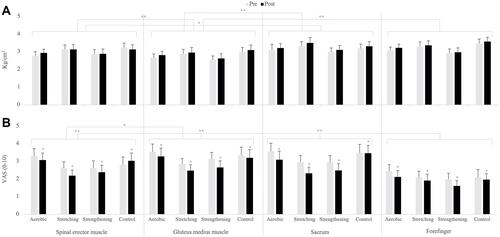
Figure 6 Pressure pain sensitivity (means and SE), defined as the ratio between subjective pressure pain–intensity ratings (PPIRs; VAS, 0–10) and pressure-pain thresholds (PPTs; kg/cm2), before and after the 20-minute physical exercise, at one unilateral LBP location (spinal erector muscle), two proximal locations proximal to the low back (gluteus medius muscle and sacrum), and one distal from the low back (forefinger). *p<0.001).


